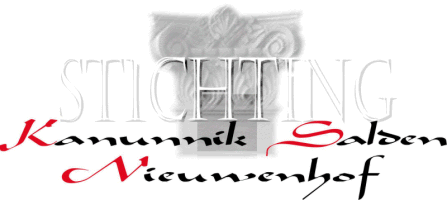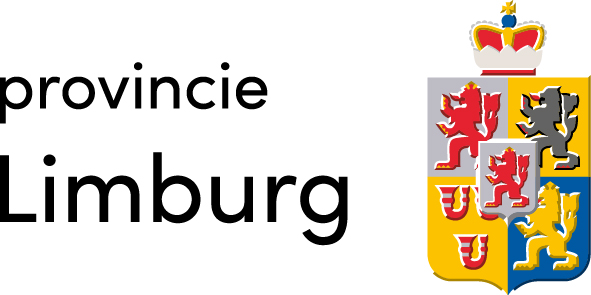JESUIT CHURCH / MUNICIPAL THEATRE
The former municipal theatre, known as the Bonbonnière, was originally a church built by the Jesuits. In the sixteenth century, the citizens of Maastricht witnessed a small Jesuit community with a Latin school grow in both size and significance in the heart of the old city centre—between Wolfstraat, Heggestraat, Bredestraat, and Achter het Vleeshuis. It developed from a modest community with a small chapel into a flourishing monastic congregation that erected a proud church. It was the first church in the Netherlands built in the specific style associated with the Society of Jesus during the Counter-Reformation: the Baroque.
Maastricht has only two Baroque churches: the Jesuit church as the first, and the Augustinian church, known as the ‘Awwe Stiene,’ as the second. The Jesuit church was constructed between 1606 and 1612 based on designs by Jesuit Father Petrus Huyssens. In 1614, it was consecrated to Saints Peter and Paul. The floor plan featured a single elongated nave with a barrel vault and a so-called pseudo-transept between the choir and the nave. In 1615, a square tower was added to the left of the façade (on the church’s west side). The walls were built of marlstone from Zichen (Belgium), resting on a base of Namur bluestone. On the west side, pilasters divide the façade into three bays, with sculpted consoles supporting a richly profiled cornice. Vertically, the west façade reflects the three classical orders—Doric, Ionic, and Corinthian—as was common in Italian Baroque architecture. The capitals on the lower level are Ionic, while those in the upper bays are Corinthian. The entrance on the west side was accentuated by a round arch made of heavy rusticated blocks.
In today’s interior, almost nothing of the original church remains visible. Only the western interior wall still preserves a few remnants, such as a continuous frieze with garlands in the Doric order.
The people of Maastricht witnessed how, over the course of two centuries—from 1785 to 1985—this festive Baroque church, first for the military garrison, then for the worldly nineteenth-century bourgeoisie, and finally for the broader Maastricht community, transitioned from religious worship to the celebration of Bacchus and the Muses.












